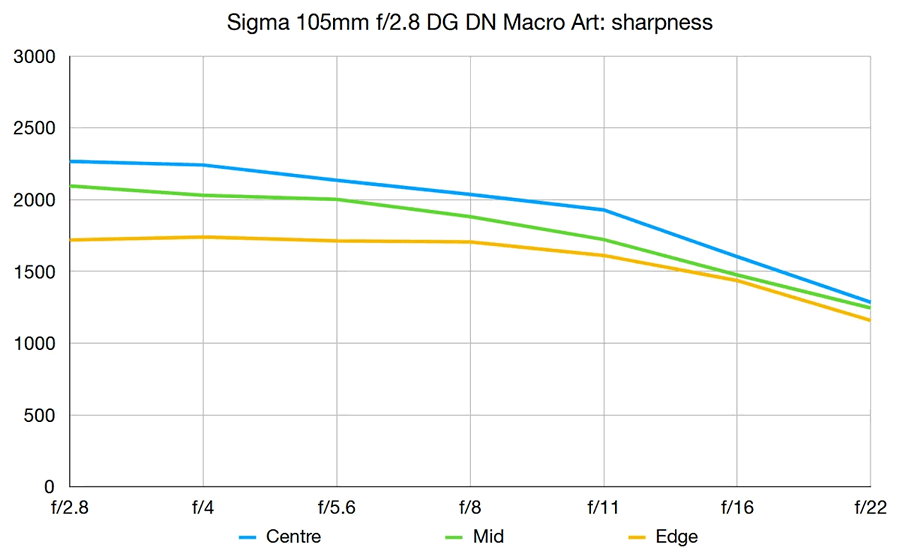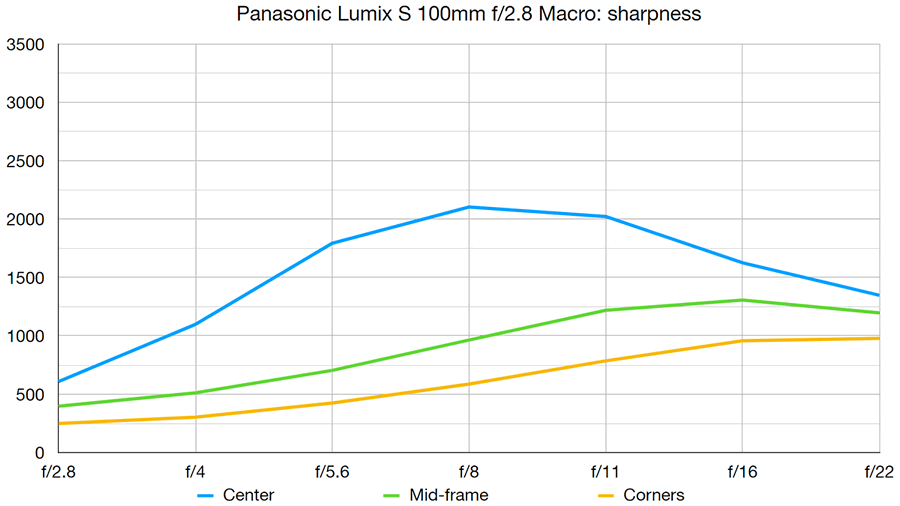It is very odd to me that Panasonic has trumpeted the size of the 100mm macro as the main feature. Since anyone doing macro photography is using a tripod and controlling focus very precisely. Weight doesn't matter. Maintaining identical size to the other lenses doesn't matter. Or do people really want to use a macro lens on a gimbal? ;-)
It seems Panasonic do have a more wide usage within their mind by introducing this macro lens.
As a more “general” purpose lens, it fits nicely within the line of their other “video” suited lenses.
(Specially tuned for younger people, grown up in today fast internet and social media possibilities).
In meanwhile other contributions within this subject, showing a nice example (
@xaviergut ).
A very logic step made by Panasonic IMO, and definitely
not choosing an approach to compete with Sigma,
as another partner within the L-mount alliance. Every brand do have its own market share, likers / dislikers of the offered gear.
Neither does focus breathing matter, because the tiny increments of focal plane adjustments needed for stacking will never demonstrate this attribute to any degree. I don't recall a single review of a macro lens ever mentioning focus breathing... though perhaps now in the video era this thinking has contaminated applications where it simply doesn't matter.
At least for video shooters, less focus breathing do have advantages.
(E.g. a shot from a close-up “eye” from a human being in front, tracking to another person farther away afterwards).
If focus breathing have yes or no negative effect to focus stacking is not that easy answered.
To go deeper into focus stacking.
As a start, I found a test by Gordon Laing at YouTube showing focus stacking by taking 80 shots of a coin at about 45 degrees angle,
set by the AF options of the camera and some extra settings within the menu.
Panasonic 100mm macro
< YouTube example > (at the starting point of the stacking stage). Done in a rather easy way.
Looking to the back screen of the camera “some” focus breathing is noticed during the process.
But what shall be the result, if characteristics of a lens show much more focus breathing?
Focus stacking software can correct / resize images during process by certain limits (depending which software is used).
But I think as a basic if you start by a lens that have no or at least less focus breathing.
The end result shall be done more easily, with less artifacts or faulty results during the process.
Please note that the required focusing range of the front and rear focus points
increases by a certain exponential value as you photograph closer. Specially within the macro range.
Manual lenses:
Everyone (or at least most of us) knows the distance scales of old-fashioned manual lenses.
A short focus rotation for longer distances. Steps in
meters and shortly afterwards “infinite”.
At the other end. Long focus rotation at short distances. Values divided into
“centimetres”.
As an example. (Having this lens myself from my early “eighties” Nikon time).
For example, the focus rotation of this lens for two consecutive “centimetre values” at the short end. (1:2).
(Nikon distant scale just the other way round).
- 0.46 - 0.41 meter (46 - 41 cm) = 5 cm range, about a 60 degrees rotation of the focus ring.
- is the same as: ∞ - 1.25 meter, about a 60 degrees rotation of the focus ring at the other end.
So eventually shown substantial focus breathing. At short distances relatively can have a big impact.
Floating lens elements:
To be noted: This old fashioned Nikon lens already do use “floating lens elements” already.
Not only for bettering optical performance at longer distances versus close distances.
But it has “some” positive impact, by a bit less focus breathing (but still a noticeable amount),
in comparison to a bit shorter focal length of a Voigtländer Apo Lanthar 90mm / F3.5
with no floating lens elements at all. This lens, by focusing the complete lens construction is moving.
(And less closest focus distance, however still a short close focus range for such a lens).
“Natural” shown focus breathing....
As a function by optical physics, every lens construction having “fixed” lens elements, (no floating lens elements)
do show focus breathing when focusing to more close distances. (Less using short focal length, more using longer focal length).
By having a longer distance, lens to camera sensor, the “growing” bigger image area (image circle),
the part that is hitting the sensor is “cropped”, by the “enlarged” (bigger “breathed out") image.
Schematically shown in the image below.
- Blue lines: field of view at a given fixed focal length hitting the sensor (focus far away - ∞)
- Red lines: the same corresponding angle of view, (the lens do have the same focal length,
but by extension for closer distance focusing, a growing image, and cropped part hitting the sensor.
- Green lines: To overcome the focus breathing, a correction should be made. (No crop of the image).
Today lens designs:
By using floating elements, different lens groups as for “fast” auto focusing,
and even a combination to correct the natural focus breathing of lenses.
All done ”internally” - without changing the outside dimensions of a lens.
Exceptional, that all of this can be done, within a tiny lightweight package.
But all comes with some trade offs, as all lens designs are compromises in some part or the other.
So you have to look to all characteristics. Solutions by one brand can be different than others.
Reaction comes within another part later.
As for focus stacking - not mentioned as for solutions done by a “fixed” set focus of a lens, so no focus breathing at all.
But by moving the complete “camera & lens combination” by a
motorised driven “mono-rail”,
some changing of the image by a small amount (??) of "perspective breathing".

-





